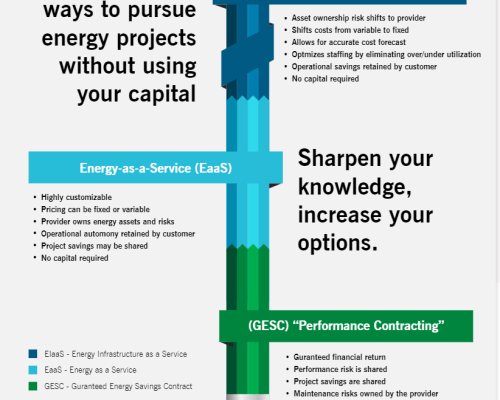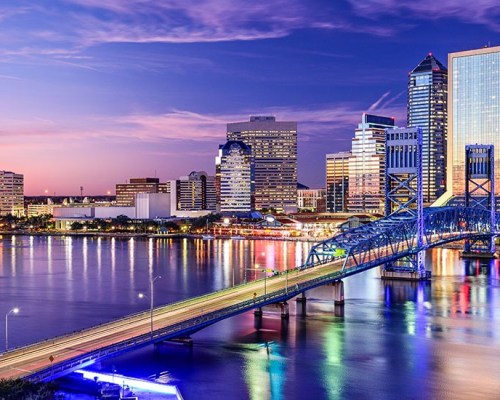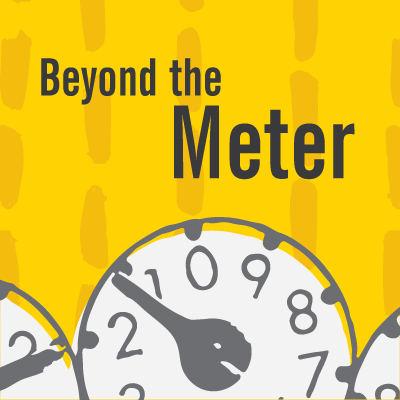Plans (and Planners) Change: Tips for How to Make the Most of the American Rescue Plan and Upcoming Infrastructure Bill
You plan for resiliency, sustainability and social equity. You look out five, 10, 20 or 40 years into the future. That’s your job and you’re both experienced and savvy.
Then the unimaginable happens. COVID-19. A year and a half ago our nation shut down.
Suddenly, elected officials across the country needed to make choices to help protect public health while preserving their local economies. For municipalities, tax revenues dropped, and uncertainty led to conservative budgets. Forty-one percent of cities surveyed by the National League of Cities saw a decrease in the total general fund revenues over the past year. And 17% of those cities identified this as one of the most significant negative conditions affecting them.
Plans changed. Projects got delayed, canceled or deemed noncritical. As we all know, critical is never enough. It’s often the bare minimum. Unfortunately, United States infrastructure can’t be maintained on the bare minimum. No matter what side of the aisle you’re on, the fact is our nation’s infrastructure is long overdue for some attention.
The numbers don’t lie. The American Society of Civil Engineers (ASCE) recently gave America’s Infrastructure a grade of C-. Just enough to get by.
Now, the passing of the American Rescue Plan (ARP) with $350 billion allocated for state and local government and the upcoming federal infrastructure bill, the tides are shifting. Plans changed. In a good way this time. And some of that money will go to infrastructure.
We know with the ARP that $350 billion will be distributed to cover costs experienced by the end of 2024.
In the NLC 2021 State of the Cities report, the top mayoral priorities were:
-
- Infrastructure
- Budget and management
- Public safety
- Economic and workforce development
- Housing
In that same report, one of the biggest challenges cities faced was – you guessed it – infrastructure funding. Another big one was overall revenue reduction.
So, let’s dig into ARP funding. The money can be used to:
-
- Respond to the COVID-19 emergency and address its economic effects through aid to households, small businesses, nonprofits and industries such as tourism and hospitality.
- Provide premium pay to essential employees or grants to their employers. Premium pay can’t exceed $13 per hour or $25,000 per worker.
- Fund government services affected by revenue reduction due to COVID-19.
- Make investments in water, sewer and broadband internet infrastructure.
The funds are vital for many communities hit hard by COVID-19. And they’ll help communities respond to the crisis, pay employees and/or provide government services. But remember, the funds need to be allocated by the end of 2024.
According to the ASCE, 65% of counties have average connection speeds slower than the FCC’s definition of broadband. One in five school-aged children lacks the high-speed internet necessary to do their schoolwork. And the New York Times reports underground drinking water and wastewater pipes across the U.S. are on average 45 years old.
Water, sewer, and broadband improvements are clearly necessary. And anyone who’s developed significant capital-intensive projects knows they take longer than you’d think. Now’s the time to plan the projects you want to complete before the end of 2024. ARP funds can jump-start the critical infrastructure investments our communities need.
According to the Interim final rule, ARP funds will follow the eligibility of water and sewer infrastructure projects that historically received funding through the EPA’s Clean Water State Revolving Fund (CWSRF) or Drinking Water State Revolving Fund (DWSRF). These funds have historically paid for energy efficiency, resiliency, security and water conservation projects.
The ARP is flexible on the use of the funds. Luckily for cities, towns and villages, there’s a list of projects that have long been necessary.
Understandably, only a percentage of ARP funds will be allocated to traditional and broadband infrastructure. That’s why the funds you do allocate are that much more valuable. You’ll get the most done with your infrastructure funds if you tackle the easiest projects first.
Here are a few tips for why:
-
- A project that’s easy and repeatable allows you to create a standard operating procedure for project management. Then, when you repeat the project (or do a similar project), you’ll have a process that is smooth and efficient. Easy projects first let you iron out the kinks.
- More funding could be coming. While still being debated, we know an infrastructure bill is being considered. If passed, it’ll provide more funding for transportation, resiliency and sustainability. And it’ll certainly help push the U.S. into a cleaner, more resilient future.
- You don’t have to do the project all by yourself. Some cities are using ARP funds to fill gaps in broadband infrastructure. They’re investing the funds with private sector broadband companies to spur investment in the community.
- Your community still has to deal with the operation and maintenance burden of a project. According to the ASCE, between 2016 and 2026, an estimated 10.6% of water sector workers will retire or transfer each year, with some utilities expecting as many as half of their staff to retire in the next five to 10 years. So, consider projects that help your staff spend less time on maintenance in the future.
- Social equity is important, today and for the future. The American Institute of City Planners’ Code of Ethics calls on planners to “seek social justice by working to expand choice and opportunity for all persons, recognizing a special responsibility to plan for the needs of the disadvantaged and to promote racial and economic integration.” Review your list of projects and consider which do the most to level the playing field. One-time ARP funds are a great opportunity to invest in our diverse communities so everyone can thrive.
Plans change. That’s a given. It’s important that you create your municipality’s funding plan, but stay flexible. It’s been a tough 18 months but we’re all stronger, more adaptable and more strategic now. And we can use these skills to help our communities move forward.



